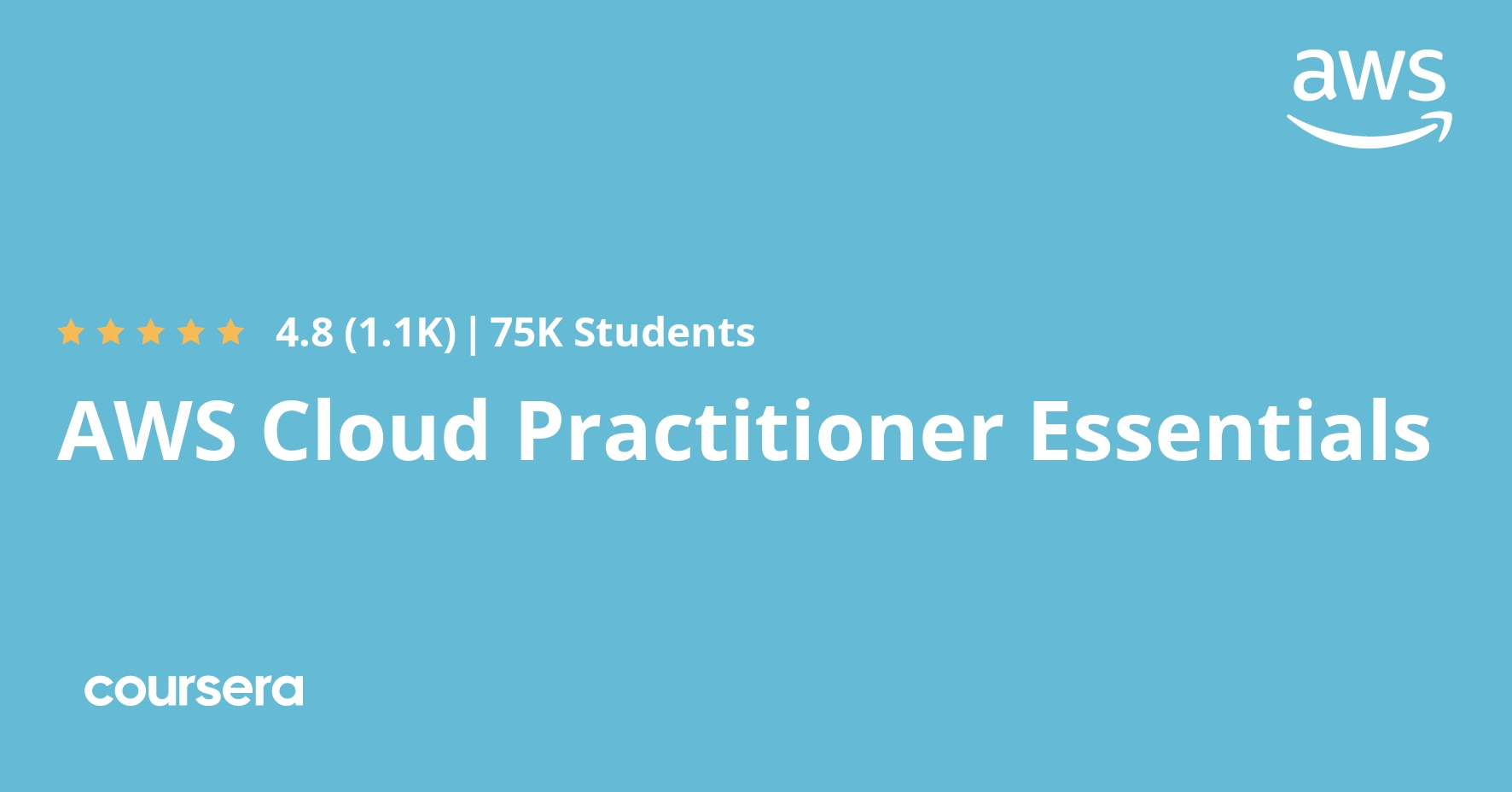Description
Welcome to AWS Cloud Practitioner Essentials. If you’re new to the cloud, whether you’re in a technical or non-technical role such as finance, legal, sales, marketing, this course will provide you with an understanding of fundamental AWS Cloud concepts to help you gain confidence to contribute to your organization’s cloud initiatives. This course is also the starting point to prepare for your AWS Certified Cloud Practitioner certification whenever it’s convenient for you.
After you complete the course, you’ll understand the benefits of the AWS Cloud and the basics of its global infrastructure. You’ll be able to describe and provide an example of the core AWS services, including compute, network, databases, and storage. For the finance-minded, you’ll be able to articulate the financial benefits of the AWS Cloud, define core billing and pricing models, and learn how to use pricing tools to make cost-effective choices for AWS services.
What you will learn
Introduction to Amazon Web Services, Compute in the Cloud
In Week 1, you’ll learn how to describe three cloud computing deployment models and the six benefits of cloud computing. Additionally, you’ll learn the benefits of Amazon Elastic Compute Cloud (EC2), Elastic Load Balancing, and additional compute options.
Global Infrastructure and Reliability, Networking
In Week 2, you will learn how to summarize the AWS Global Infrastructure benefits, describe Availability Zones, communicate the benefits of Amazon CloudFront and compare methods for provisioning AWS services. Additionally, you’ll be able to describe basic networking concepts and the differences between public and private networking resources.
Storage and Databases
In Week 3, you will learn how to summarize the basics of storage and databases, including describing the benefits of Amazon Elastic Block Store (Amazon EBS), Amazon Simple Storage Service (Amazon S3), and Amazon Elastic File System (Amazon EFS). Additionally, you’ll be able to summarize various storage solutions and describe the benefits of Amazon Relational Database Service (Amazon RDS) and Amazon DynamoDB.
Security
In Week 4, you will learn how to communicate the benefits of the shared responsibility model, describe multi-factor authentication (MFA), and differentiate between the AWS Identity and Access Management (IAM) security levels. Additionally, you’ll be able to confidently explain the main benefits of AWS Organizations.






